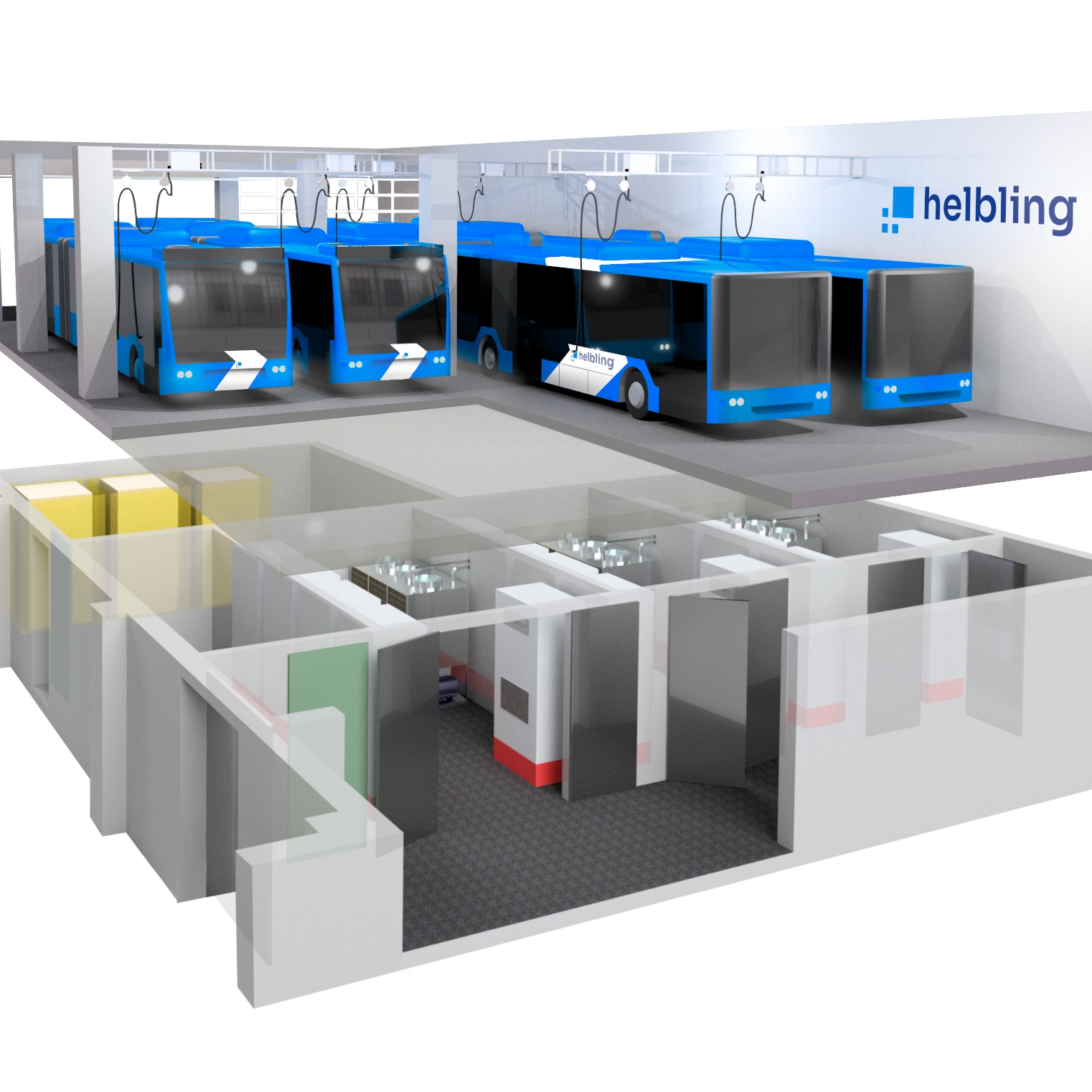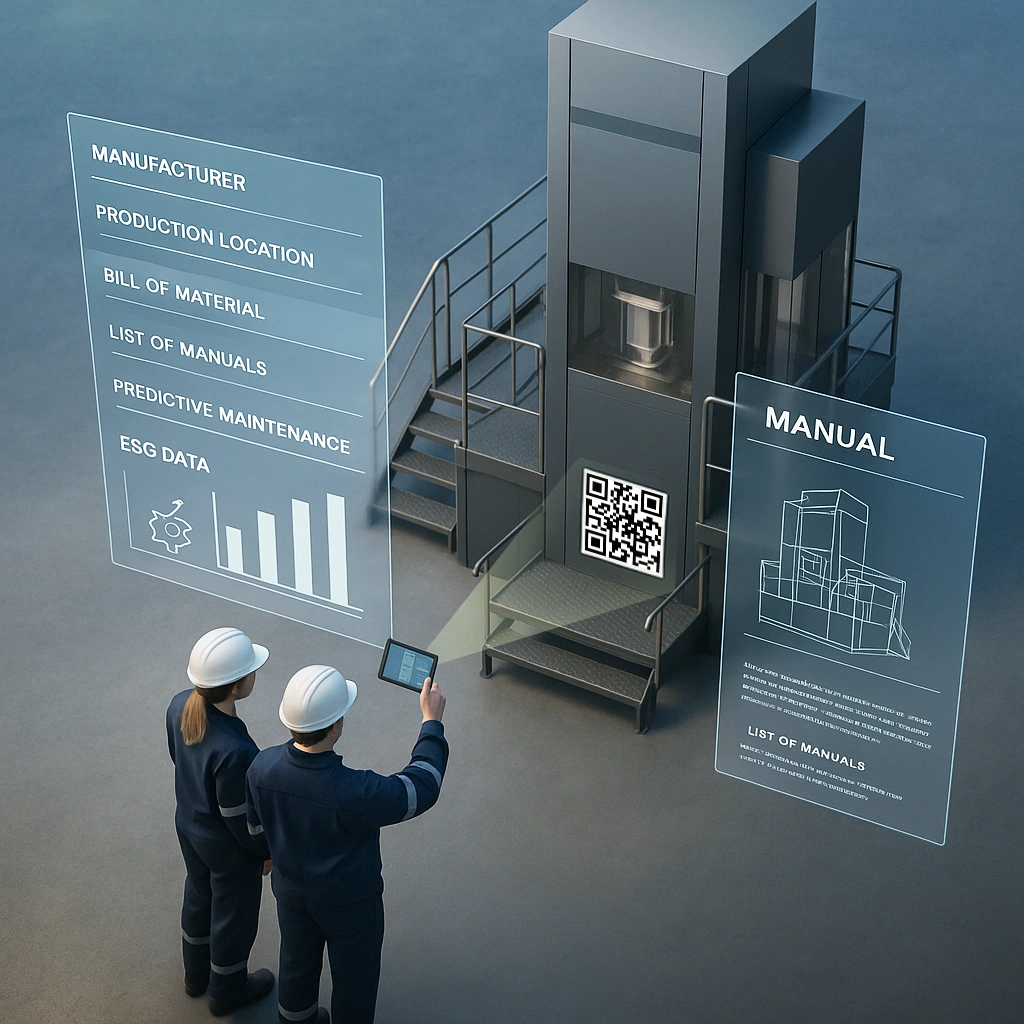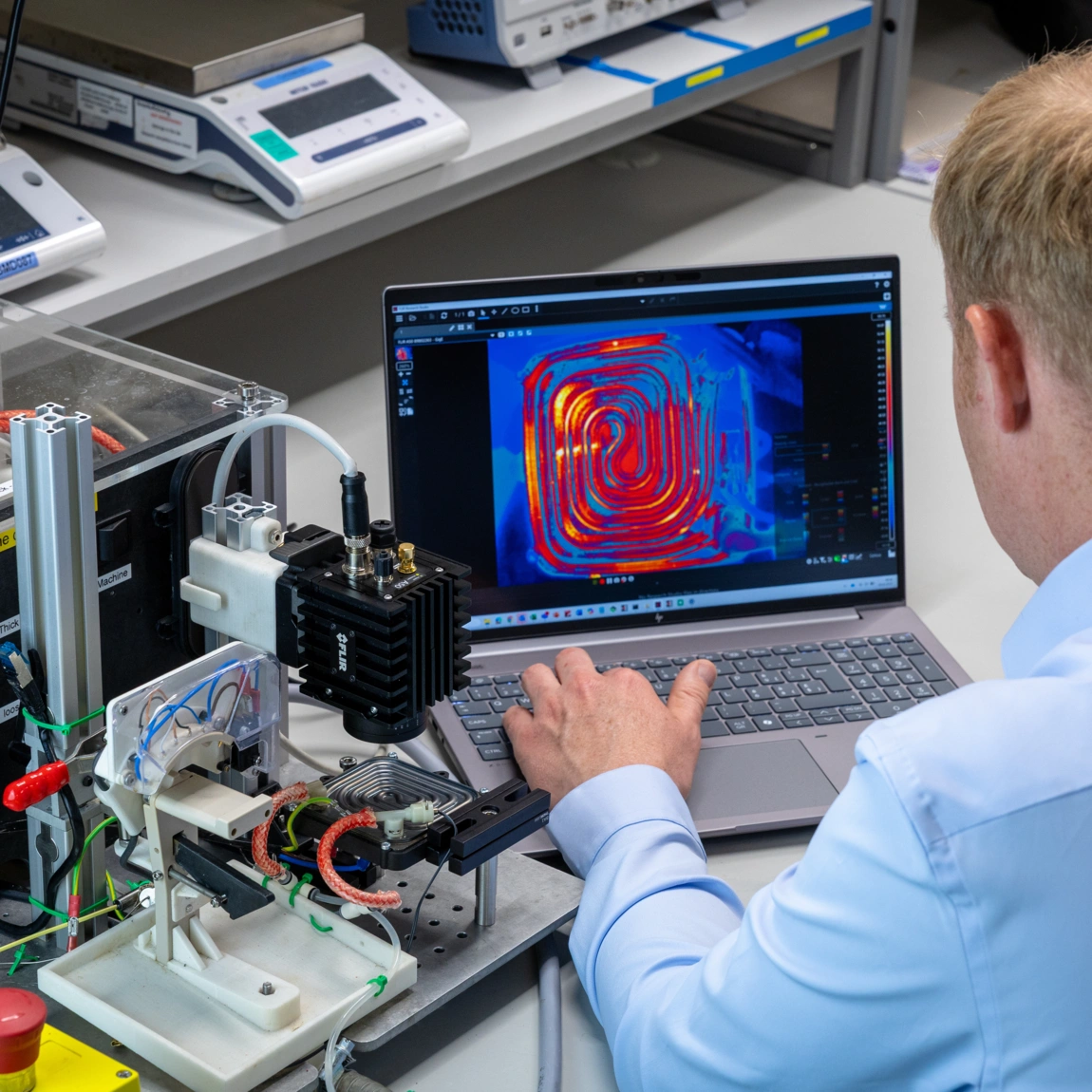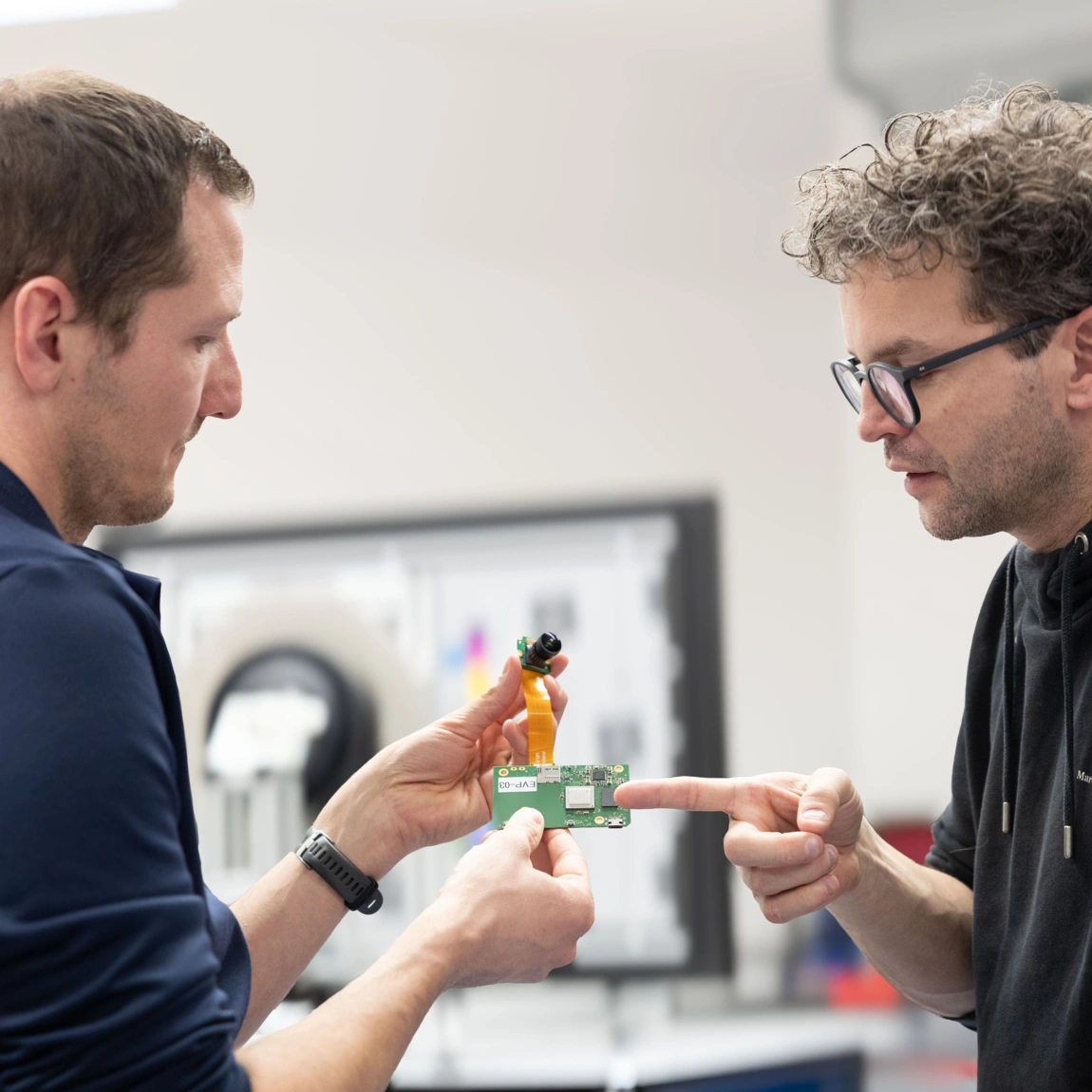Industries
When bus companies switch their operations to an electric vehicle fleet, this is far more than a mere technological change. It involves a strategic, operational, and infrastructural transformation. Helbling has already supported numerous companies in this process, and three key challenges have emerged: the selection and procurement of suitable vehicles, the planning and implementation of a future-proof charging infrastructure, and the organization and optimization of daily operations. The latter is particularly crucial with regard to energy supply. Conceptually incorporating all three areas right from the start of the process has proven to be an effective approach.
For many transport companies, the switch from diesel to electric buses is no longer something that can be put on the backburner. In fact, it has now become an urgent reality. Political pressure – such as Switzerland’s net-zero target by 2050 – is increasing. At the same time, pioneers are showing how the transition can succeed. Yet the path to e-mobility in public transport is complex.
While the market for electric buses continues to evolve, operational requirements must be precisely aligned with technical possibilities. Charging times, ranges, energy consumption, and timetables need to be coordinated in a meaningful way. At the same time, building a high-performance charging infrastructure – including grid connection, buffer batteries, load management, and potential PV integration – is a complex planning task with long-term implications in relation to costs and operational reliability. Profound changes are also being seen in day-to-day operations: duty schedules, charging windows, reserve vehicles, and energy optimization require a new approach to dispatching and fleet management.
Electrifying bus fleets – understanding challenges, seizing opportunities
Helbling supports bus companies throughout the entire transformation process – drawing on experience from real-world projects, particularly in Switzerland, combined with technical depth and a systemic perspective. All in all, this helps to lay the foundations for economically viable, sustainable, and functional e-mobility in public transport.
For example, Helbling acts as an expertise partner to Chur Bus und Service AG, which is in the process of converting its fleet. This always involves long-term support. In these projects, Helbling contributes services ranging from simulation and needs analysis to charging infrastructure planning, as well as operational and energy optimization. In this sense, experts work hand in hand, bringing together diverse competencies – from fields such as electronics, simulation, thermal management, software, controls, and vehicle engineering.
In recent years, it has become clear that bus companies face three central challenges during the transition relating to different phases of planning and implementation. Ideally, these should be integrated into the concept right from the start.
A) Vehicle procurement: Not every e-bus fits every operation
Selecting suitable electric buses is more demanding than with conventional vehicles – not least because it involves a new and rapidly evolving technology. To design tenders that precisely match the requirements, factors such as capacity, comfort and manufacturer service must be taken into account, while new questions also arise that require precise answers:
- Are the range and charging speed sufficient for the route network?
- How do topography and temperature affect energy demand?
- Which bus types can be efficiently integrated into existing depots and duty schedules?
A poor choice can lead to unreliable operations or high follow-up costs. This is why simulations and needs analyses are indispensable in advance – Helbling provides tried-and-tested tools and methods for this purpose.
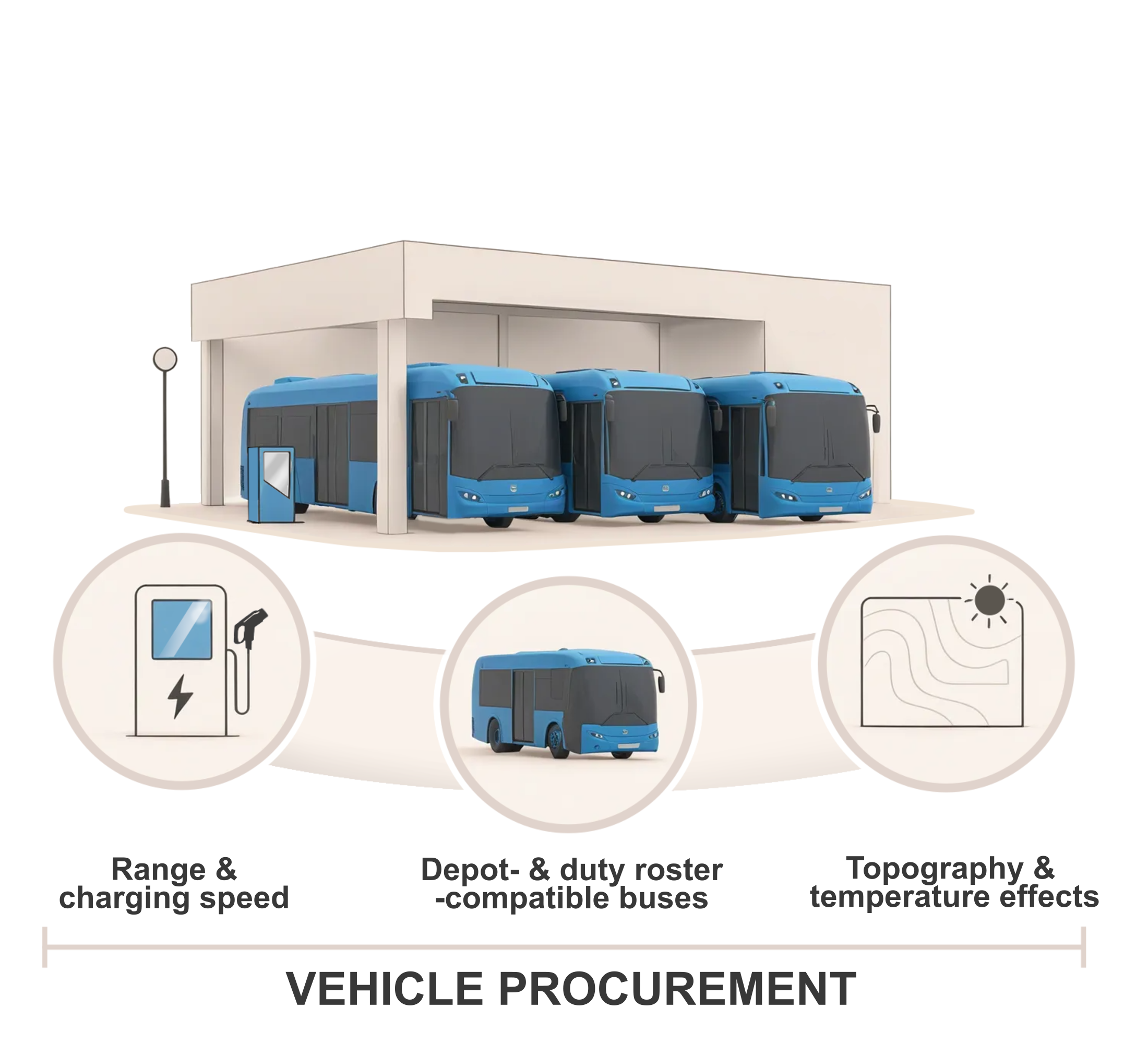
B) Charging infrastructure: The real key to e-bus viability
A functioning e-bus operation stands or falls on an intelligent, scalable charging infrastructure. However, implementation is demanding in technical, regulatory, and operational terms. Analyses are needed, for example, to address the following questions:
- How much charging capacity does the operation require today – and in ten years?
- How must the grid connection be expanded?
- How can peak loads be avoided?
- What are the advantages of a stationary buffer battery?
- What options exist for using solar power or waste heat?

A rough planning approach along the lines of “more is better” usually leads to unnecessarily high investments. Only through careful load forecasting, phased implementation, and active load management can a solution be created that is both economically viable and future-proof.
C) Operational organization: A new mindset is required
Electric buses fundamentally change day-to-day operations. Aspects such as duty scheduling, charging times, workshop organization, energy prices, and technical reserves require new ways of thinking – and new tools.
The planning of duty cycles in combination with charging windows and energy availability is a particularly challenging task. In addition, staff must be trained, operational processes rethought, and safety-related requirements in depots taken into account. Relevant aspects here include handling high-voltage systems, fire protection, and redundancies.
Helbling supports bus operators in this operational transition – from duty schedule optimization to converter cooling and workshop design.
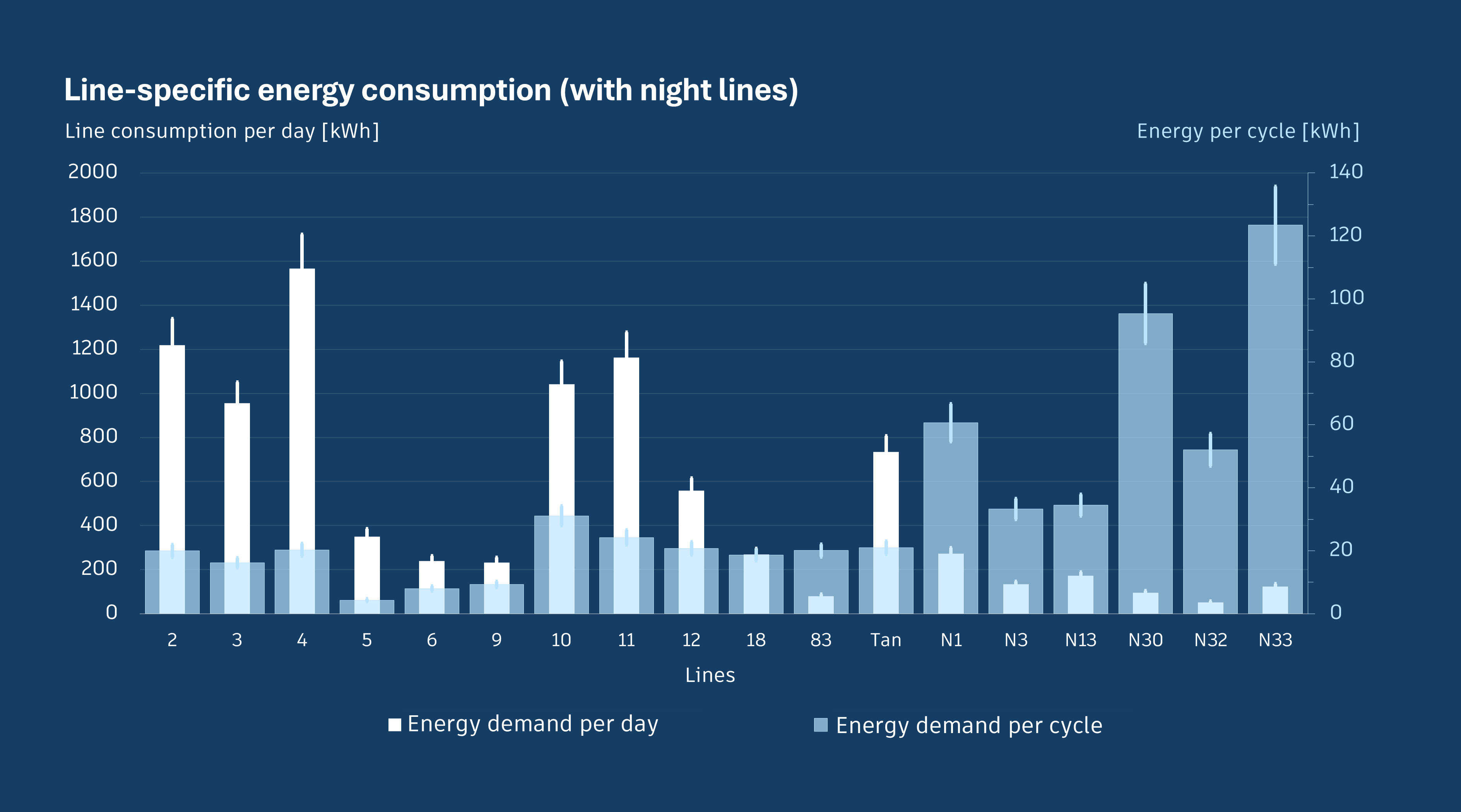
Opportunities through integrated energy concepts: more than just charging
Despite the challenges, electrification offers great potential – provided that it is approached with a strategic mindset. In particular, integrated energy concepts create opportunities that go far beyond bus operations alone:
- In-house power generation (PV systems) lowers energy costs and improves the carbon footprint.
- Buffer batteries stabilize load profiles and reduce grid connection fees.
- Waste heat from charging infrastructure can be used to heat buildings.
- Load management systems dynamically distribute charging power, avoid peaks, and enable more efficient grid operation.
- Sector coupling makes it possible for charging infrastructure to become part of a municipal energy strategy – for example, by linking it to district heating or electricity storage for other applications.
These components create economic added value, improve eligibility for subsidies, and make a substantial contribution to the energy and climate transition.

Summary: Multiple competencies required for holistic electrification
When transitioning to an e-bus fleet, transport operators must maintain an equal focus on technical planning, simulation, and implementation. Helbling brings many years of experience to this process – both in public transport and in industry. Competencies from vehicle engineering, electrical engineering, energy economics, and operations planning are combined and applied in a cross-disciplinary manner. In the long-term context, this means providing support from the initial idea to a fully functioning system – including potential analysis, infrastructure design, load management, and energy optimization. Together, the transition can be shaped successfully – efficiently, economically, and sustainably.
Author: Simon Müller
Main Image: Helbling
